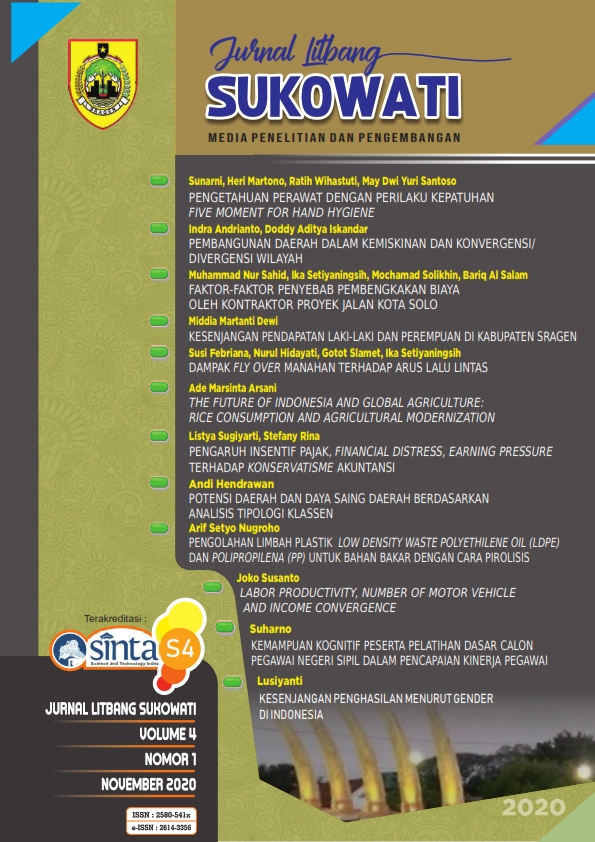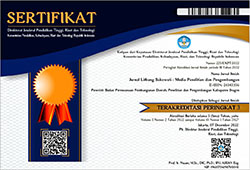KESENJANGAN PENGHASILAN MENURUT GENDER DI INDONESIA
DOI:
https://doi.org/10.32630/sukowati.v4i1.214Keywords:
blinder-oaxaca, gender income gap, sakernasAbstract
Gender gaps occur in various countries in the world as described by the World Economic Forum through the Global Gap Gender Index (GGGI). One of the aspects of GGGI is from an economic perspective, namely participation and opportunity. This study aims to measure how big the income gap that occurs by gender in Indonesia. Using the 2019 Sakernas data and the Blinder-Oaxaca decomposition method, the results show that the income gap between men and women in Indonesia is 0.4282 percentage points, which means that on average men's income is 42.82 percent higher than that of women. The contribution of the discrimination factors is more dominant than the endowment factors to the total gap that occurs. Endowment factors such as age, working hours, education, type, and employment only contributed 3.55 percent of the total gap, while the contribution of the discrimination factor was 96.45 percent.
Downloads
Published
How to Cite
Issue
Section
License
Copyright (c) 2020 Lusiyanti Lusiyanti

This work is licensed under a Creative Commons Attribution 4.0 International License.


















